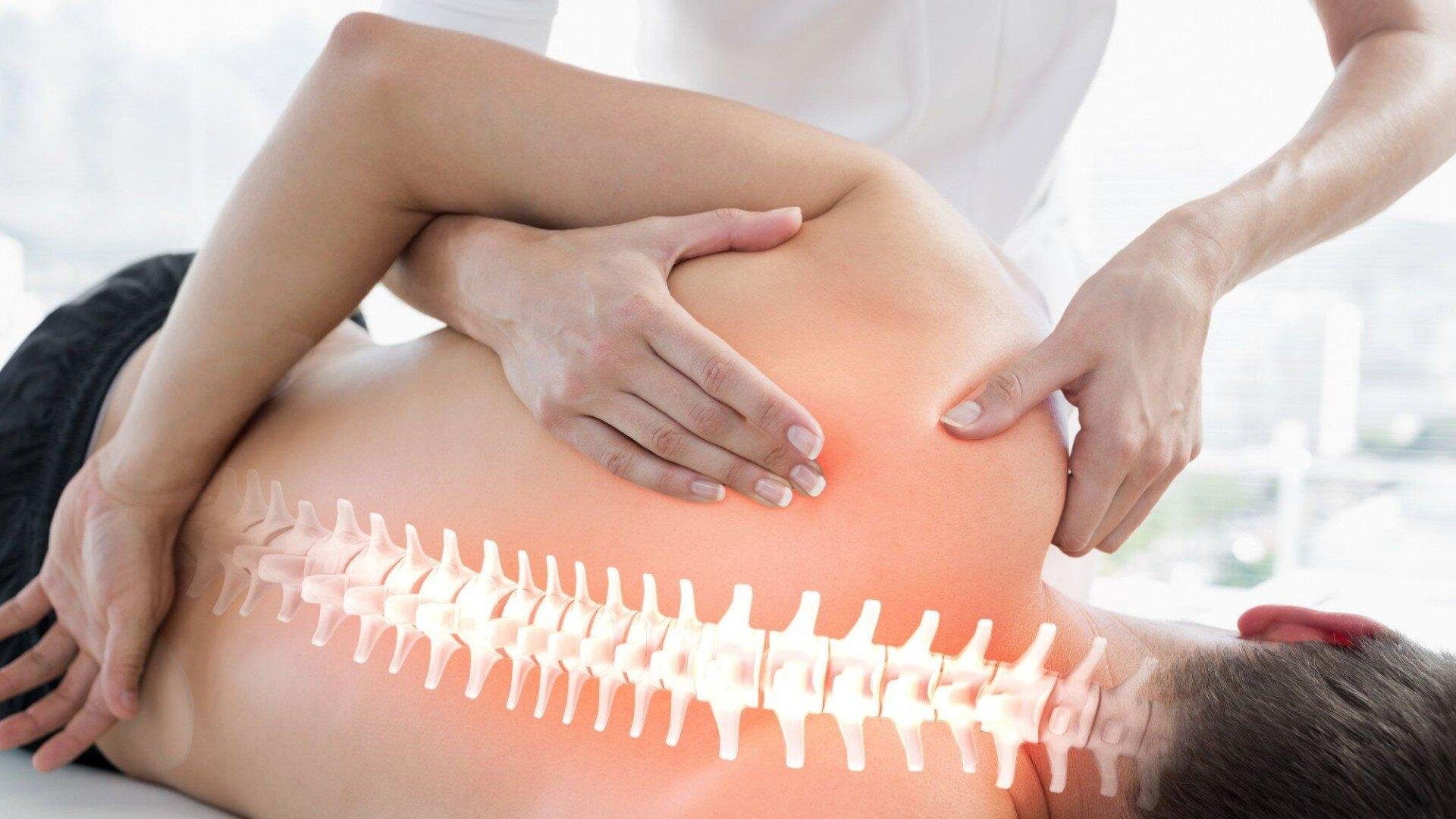Rating of the best remedies for sore throats for 2025
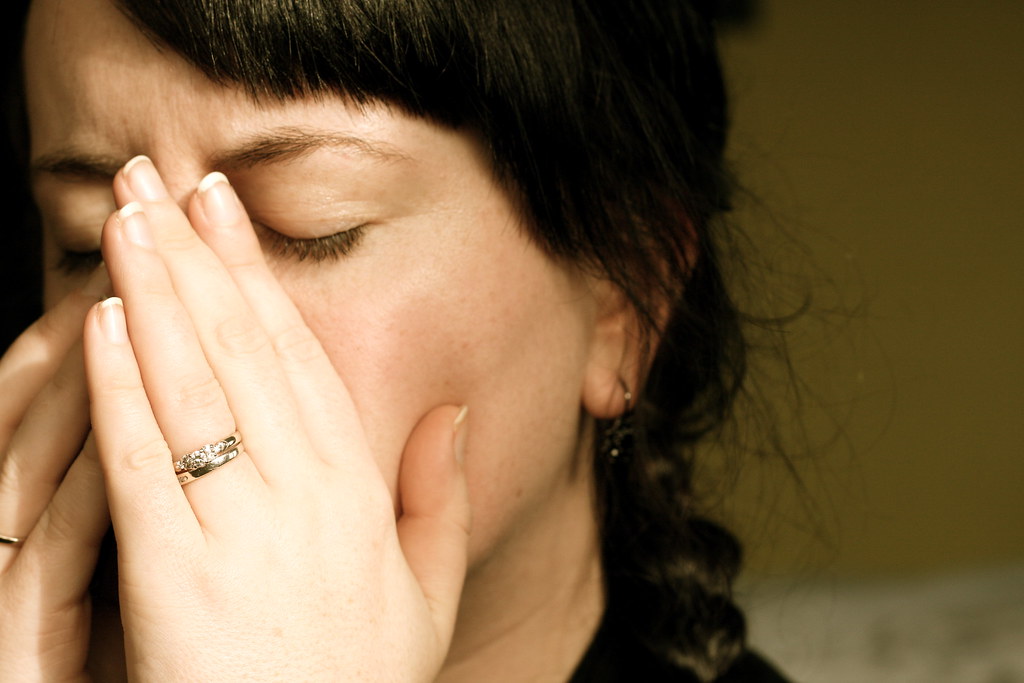
Angina is a fairly common disease, especially among children. It poses a serious health hazard. Given the large number of advertising and consumer recommendations on the Internet, it is sometimes difficult to make a choice which drug is better to buy. The rating of the best sore throat remedies for 2025 gives an idea of how to choose medicines, which ones are effective, and also reveals a description of their characteristics.
Content [Hide]
What is angina
The popular name of the disease comes from the Latin "ango", which means "strangle", "squeeze", "squeeze". The correct scientific name for the disease is acute tonsillitis, from tonsillae, a word that is also of Latin origin and translates as "tonsils".The name is derived from the location of the main lesion in the disease.
In patients with angina, the lymphoid tissue between the oral cavity and the pharynx becomes inflamed. Large accumulations of such tissue are called tonsils, they are responsible for the immune defense of the body. Most often, acute tonsillitis affects the palatine.
The disease has been known since ancient times, as early as the 4th century. BC. it was mentioned in the works of Hippocrates. The main etiological causes of angina:
- streptococcus (most often), staphylococcus aureus, similar bacteria, or a combination thereof;
- viruses (Coxsackie, adeno, herpes);
- fungi of the yeast species Candida (in the presence of some cocci);
- spirochete in combination with a fusiform rod.
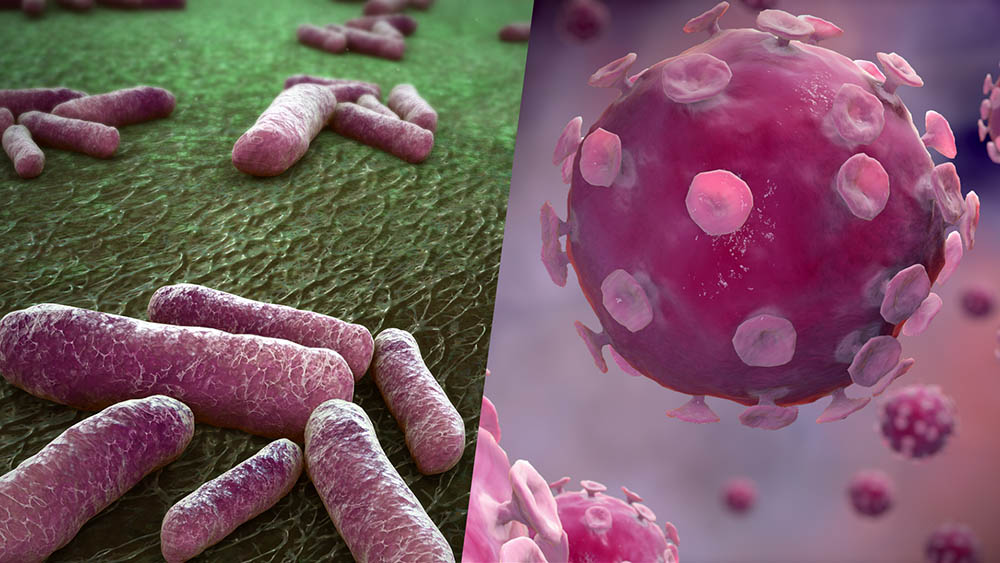
These pathogens do not always lead to the appearance of angina. Their action is enhanced by the presence of some additional conditions:
- inflammatory diseases of the ENT organs, which are of a chronic nature, as well as a violation of nasal breathing;
- traumatic injury to the tonsils;
- transferred hypothermia;
- weak general immunity.
The disease is dangerous in itself, it is also contagious to others. In addition, improper treatment or weakening of the body can lead to various complications in the form of:
- otitis;
- swelling of the larynx;
- sinusitis;
- abscess of the pharynx;
- meningitis;
- rheumatism and arthritis;
- glomerulonephritis;
- sepsis;
- cervical lymphadenitis;
- kidney failure.
Symptoms of the disease
The external manifestations of the disease are somewhat different and depend on its type. Among the general indicators characteristic of any type, we can distinguish:
- redness of the tonsils and their increase;
- difficulty swallowing;
- pain in the throat;
- weakness, manifestation of intoxication of the body;
- clinical changes in blood parameters characteristic of the inflammatory process;
- enlargement and soreness of the lymph nodes;
- fever (in most cases).
Most often, acute tonsillitis manifests itself in the appearance of plaque on the tonsils, but in some cases it may be absent.
What are the types of illness
There are different varieties of the disease, depending on the division criterion that underlies. The clinical manifestations of a particular type differ from another.
Depending on the nature of the flow:
- Acute. Symptoms appear suddenly, pronounced. Recovery takes 3-20 days, depending on the condition of the patient, the pathogen and the selected treatment.
- Chronic. There is constant redness of the tonsils, perhaps some increase. Periodically (from 4 times per year) there is a sharp exacerbation of inflammation with a characteristic picture.
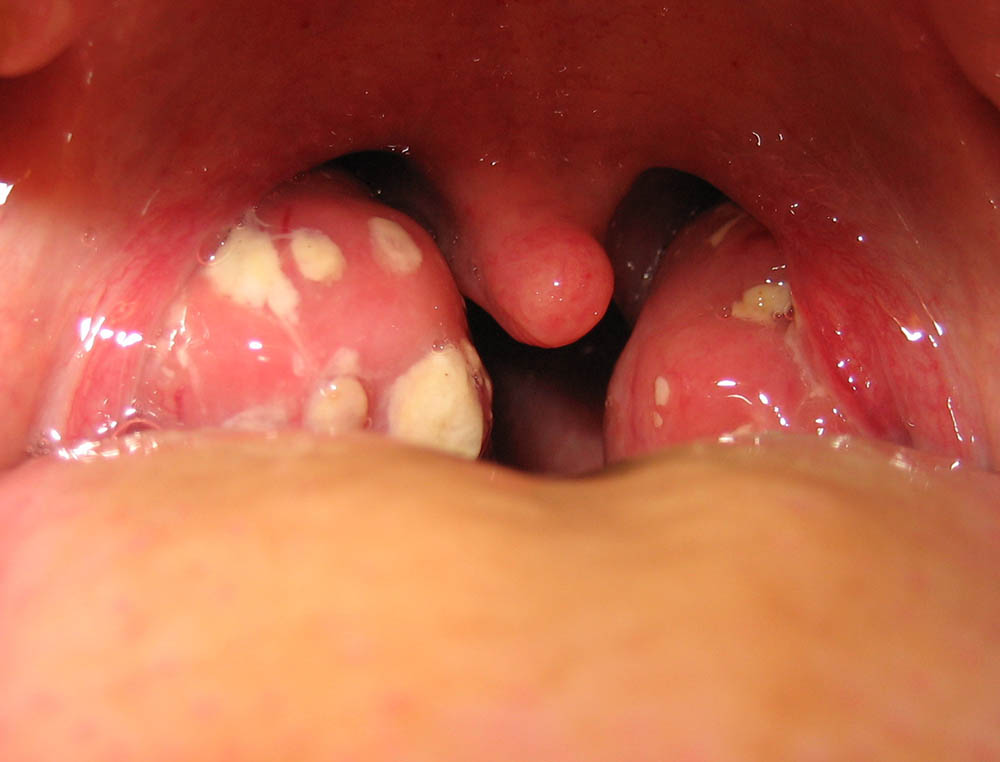
Due to the appearance of angina, they distinguish: bacterial, allergic, viral, fungal. There is also a variety that exists as a manifestation of diseases of the hematopoietic system. Bacterial tonsillitis, depending on the pathogen, is divided into those caused by:
- Streptococcus. The patient's temperature rises sharply, the tonsils swell and redden, plaque appears, purulent plugs, fibrinous film or massive accumulations of pus are possible. Swallowing is painful.
- Group A streptococcus that secretes erythrotoxin. The picture is reminiscent of scarlet fever. Against the background of general symptoms with streptococcal angina, a small rash appears on the face, tongue and body, the tongue itself acquires a crimson hue.
- Bacillus Leffler. Both tonsils are affected, they have a grayish very dense coating, which is removed with great difficulty.Accompanied by high fever, pain when swallowing.
- Staphylococcus aureus. The picture of symptoms is similar to streptococcal angina, however, pain is more pronounced, treatment takes longer, the disease is more severe, complications are possible.
- Spirochete and fusiform rod. The temperature often does not rise, one tonsil is affected, on which a grayish-yellow film is visible, an ulcerative formation. The patient has high salivation, a feeling of the presence of a foreign body in the throat, a sharp putrid smell from the mouth, an increase in lymph nodes on one side. Treatment may take several months.
Viral tonsillitis, unlike bacterial ones, is provoked by infections against the background of viruses. In this group, the called ones are distinguished:
- Paramyxoviruses. There is a high temperature, painful swallowing, enlargement of the tonsils, their reddening in the form of spots or vesicles, a rash on the skin is possible.
- Herpetic fever virus. There is a bilateral lesion, a very high (up to 41 degrees) temperature. In the mouth, pharynx, sometimes on the lips, there are bubbles.
- Herpes zoster virus. The picture is similar to the previous version, but is observed only on 1 side. Echoes of pain in the ear or eye are possible.
- Coxsackie. Characterized by a sharp increase in temperature up to 40 degrees, sore throat. Vesicles are noted on the tonsils (sometimes feet and hands). After a couple of days, they burst, leaving erosion.
Fungal tonsillitis or mycoses are a rarer occurrence. Mainly caused by fungi of the genus:
- Candida. Against the background of normal temperature, curdled masses are observed on the tonsils, located in the form of spots. There is pain when swallowing food.
- Leptotrix.The patient does not feel significant pain in the throat, the temperature often does not rise. The pharynx and the base of the tongue are covered with a large number of small white dots.
Angina, provoked by blood diseases, can be agranulocytic, monocytic, or arising against the background of leukemia. In all cases, the patient's temperature is high, there are severe sore throats, a putrid odor, ulcers on the tonsils and enlarged lymph nodes. Also in clinical blood tests, characteristic changes are observed.
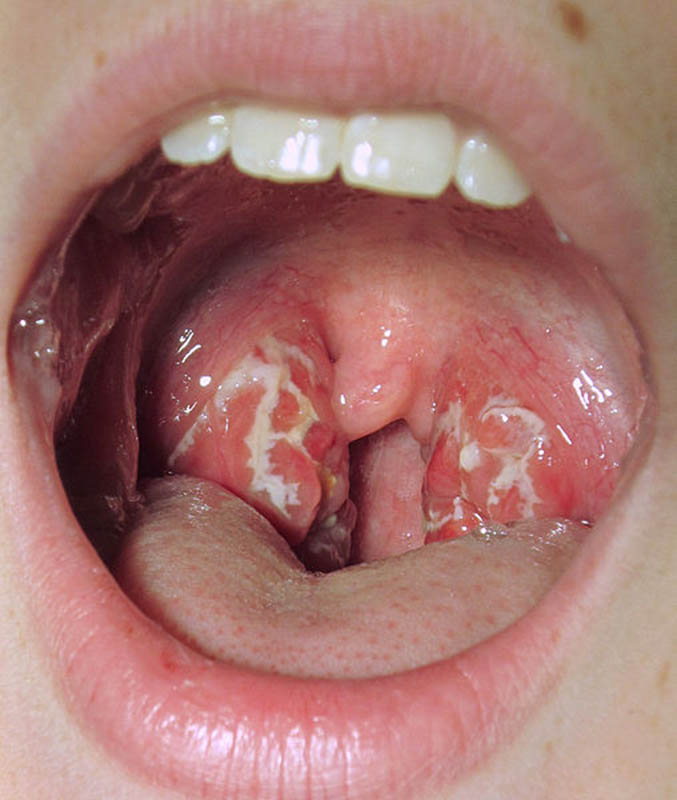
One of the most popular classifications of acute tonsillitis is according to the form of the disease. Based on this criterion, the following types are distinguished:
- Follicular. The patient's temperature is about 39°C, there are complaints of severe pain in the throat, sometimes radiating to the ear. The tonsils and palate are reddened, there is a yellowish coating in the form of round dots, slightly raised above the surface. May be observed: enlarged lymph nodes, spleen, vomiting, headache, fever, pain in the lumbar region, confusion. Treatment takes 7 days or more.
- Catarrhal. The patient notes a sore throat, dry tongue, slight pain. The temperature may rise slightly or remain normal, the lymph nodes are slightly enlarged. The tonsils are reddened, slightly swollen, often without plaque, but a thin mucous film is possible. Treatment takes 3-7 days.
- Lacunar. Temperature around 40°C, very severe sore throat, yellowish-white purulent plaque in the form of massive patches. Recovery takes about a week.
- fibrinous. Occurs against the background of the previous 3 species or as a consequence of them. The manifestations are similar, but almost immediately a continuous film appears on the tonsils and outside them. Accompanied by fever, severe intoxication, possible symptoms of brain damage.
- Phlegmonous. A rare form, often a consequence of another type of angina, is observed only on 1 side. Temperature up to 40°C, severe pain during swallowing, swollen lymph nodes. The surface of the tonsil is tense, stretched, the mobility of the palate is limited, there is asymmetry of the pharynx.
Treatment for angina
The fight against the disease should begin as early as possible, especially with purulent tonsillitis, given the possible complications. The patient needs to provide bed rest, it is highly undesirable to endure acute tonsillitis "on the legs".
The main remedies for sore throat and sore throat:
- Antibiotics. These include penicillins, macrolides, cephalosporins, lincosamides.
- Antipyretic and analgesic drugs, if necessary.
- Antifungal medicines (if the causative agent is a fungus).
- Local antiseptics (sprays without alcohol, rinsing solutions). Aerosols help fight bacteria, relieve pain. Rinsing agents can be in the form of diluted furacilin or physiological saline.
To alleviate the patient's condition, it is permissible to give various lozenges and dragees for resorption, but they cannot act as the main remedy. If an antibacterial medicine is used, you can take funds to protect the stomach and intestinal microflora. You will also need a plentiful warm drink, a diet rich in vitamins C, B.
How to choose a medicine
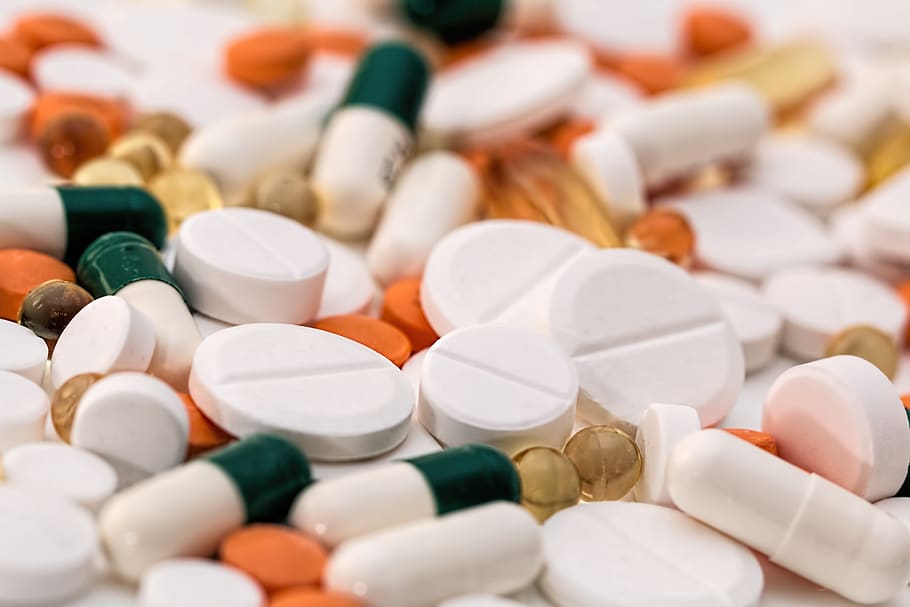
The advice of friends will not help when choosing a remedy for the treatment of angina, it is necessary to be guided by what will suit the patient according to the doctors. Consultation of a specialist and the diagnostics carried out will allow to identify the cause of the disease and the correct strategy of exposure in a particular case.You should not use folk remedies as the main method of treatment, because. wrong tactics can lead to serious complications. Criteria for choosing a drug to combat tonsillitis:
- appropriate indications for medication;
- drug contraindications should not be in the patient's history;
- minimal list of side effects;
- compliance with the age of the patient;
- the drug is not addictive;
- only the best manufacturers - the trademark must exist for a long time, have no experience in consumer lawsuits, use high-quality components and pass the necessary certification;
- drug at the right price.
Top-ranking drugs
It is impossible to say which drugs are the best. Each pharmacy has its own advantages and is relevant for a particular type of disease. It is important that the instructions for use are followed, the established course is fully completed. You can buy medicines at a pharmacy or order online. The rating of high-quality and safe drugs, as well as their characteristics are presented below.
We recommend purchasing medicines from the list of those prescribed by the attending physician to the sick person.
Cefixime
votes 4
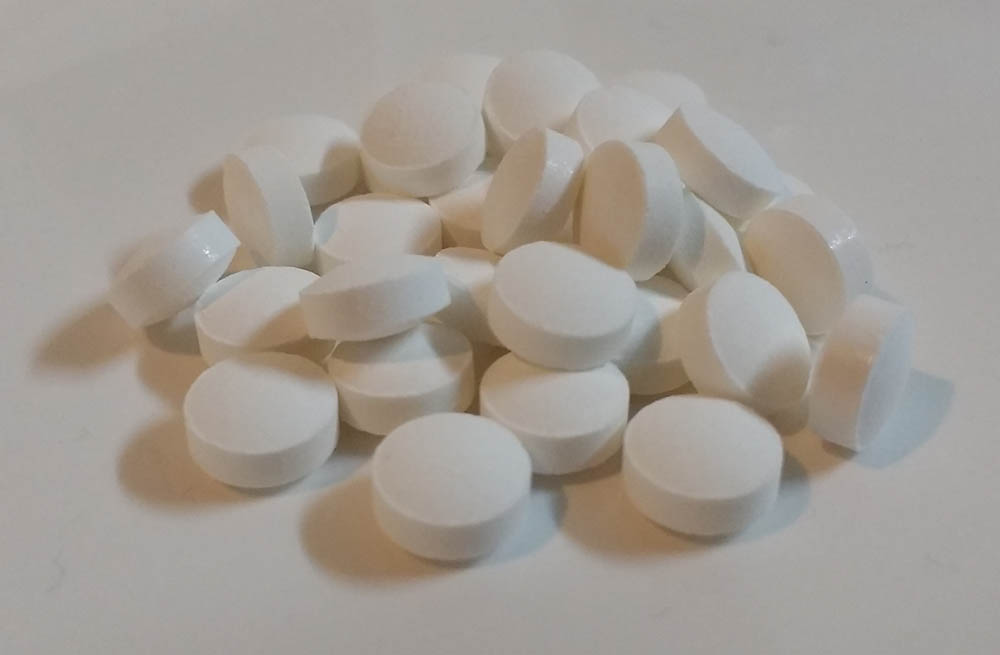
- Release form: tablets, powder for suspensions.
- Active ingredient: cefixime (3rd generation cephalosporins, antibiotic), active against streptococci.
- Age limit: over 6 months old.
Side effects: gastrointestinal upset, skin irritations, dizziness, thrombocytopenia, kidney and liver dysfunction, pancytopenia, neutropenia, leukopenia, candidiasis, anemia, eosinophilia.
Contraindications: allergies, hypersensitivity, renal failure. With caution - pregnancy, old age, colitis.
Shelf life: 2 years, finished suspension - 10 days.
Price: 450-800 rubles.
- a fairly safe means;
- can be used to treat children;
- effective drug;
- the patient's condition improves rapidly;
- consumed regardless of the meal.
- action only against the streptococcal type of angina;
- there are side effects;
- there are contraindications, undesirable for pregnant women.
Amoxiclav
votes 1
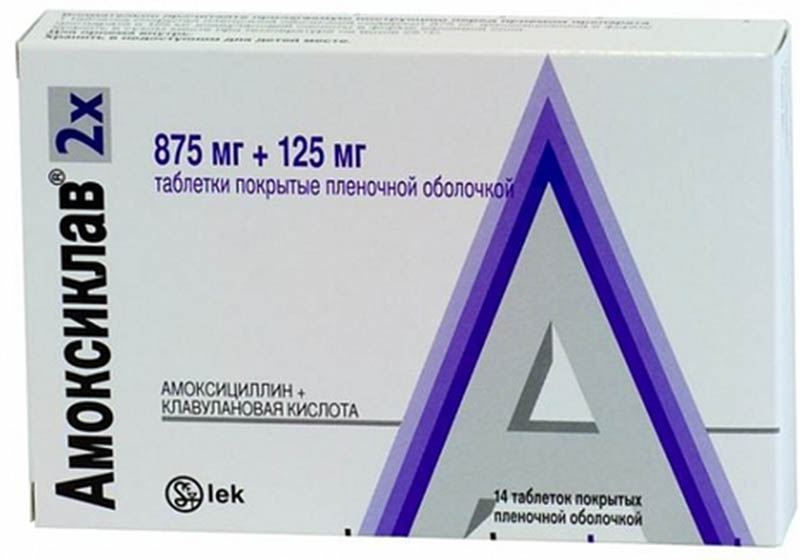
- Release form: powder for suspension, tablets.
- Active ingredient: amoxicillin (penicillin antibiotic), clavulanic acid (inhibitor). Active against streptococci, staphylococci, enterococci.
- Age restriction: suspension - no restriction, tablets - over 12 years old.
Side effects: mild. Perhaps indigestion, impaired liver function, hepatitis, allergic skin manifestations, candidiasis.
Contraindications: history of hypersensitivity, jaundice or liver dysfunction when taking drugs of the same group. Exercise caution with past colitis, liver failure, mononucleosis, serious kidney problems, pregnancy.
Shelf life: 2 years, diluted suspension - 7 days.
Cost: 120-720 rubles.
- one of the forms of the medicine can be used for a child, including a newborn;
- fairly inexpensive pills;
- effective against tonsillitis caused by various bacteria;
- side effects are relatively rare;
- time-tested drug, good reviews according to buyers and doctors.
- medication is associated with eating;
- acts on the stomach;
- there is a list of contraindications;
- short shelf life of the finished product.
Sumamed
votes 0
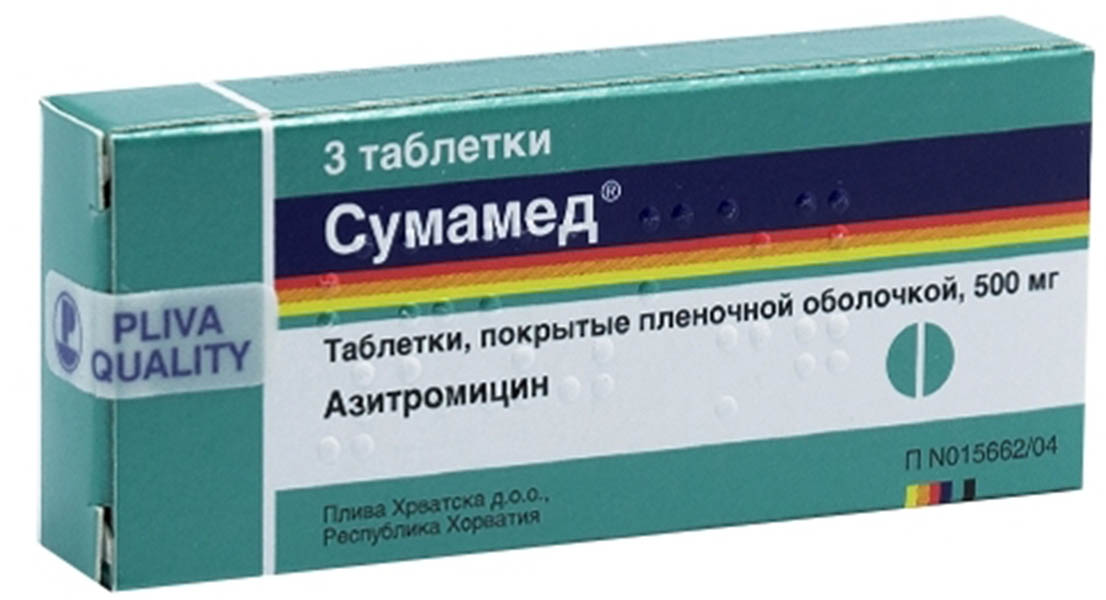
- Release form: capsules, tablets, powder for infusion, suspensions.
- Active ingredient: azithromycin (an antibiotic of the macrolide group), is active against cocci of different groups.
- Age restriction: for different types from 6 months, 3 or 12 years.
Side effects: anorexia, skin allergies, eosinophilia, lymphopenia, dizziness, visual impairment, deafness, gastrointestinal upset, arthralgia, weakness are often manifested. Other violations occur quite rarely.
Contraindications: breast-feeding, significant disorders in the liver and kidneys, taking ergotamine, sensitivity to the active ingredient. Caution should be exercised when taken simultaneously with terfenadine, digoxin, warfarin, as well as those who have a predisposition to arrhythmias.
Shelf life: 2, 3 years, ready-made suspension - less than 5 days.
Price: 190-530 rubles.
- can be used for tonsillitis caused by different types of bacteria;
- effective;
- convenient reception mode and a fairly short course.
- intake is associated with eating;
- a large list of adverse reactions of the body;
- not for all ages;
- cannot be taken for a long time.
Geksoral-spray
votes 3
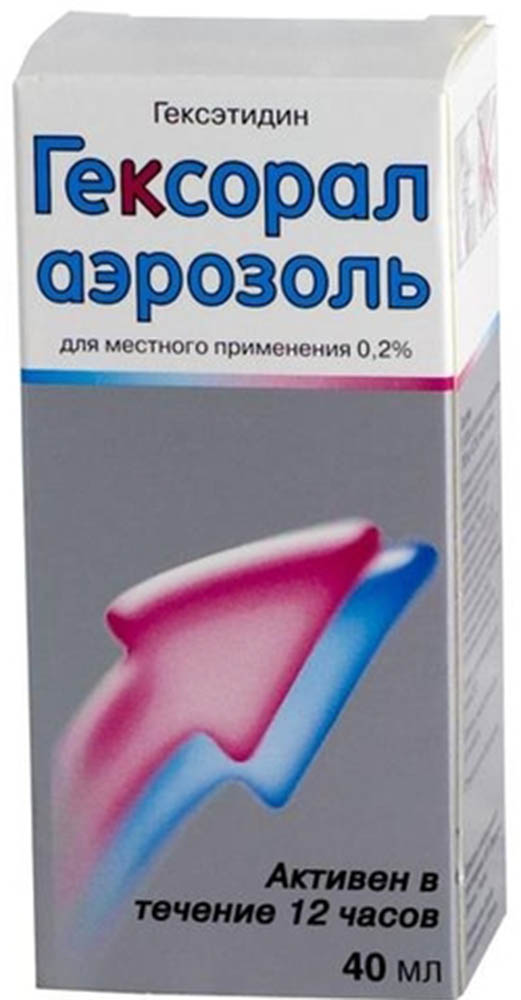
- Release form: aerosol.
- Active ingredient: hexetidine, exhibits antimicrobial, antifungal activity (especially against Candida), and is also active against viruses.
- Age limit: from 3 years old.
Side effects: urticaria, ageusia, cough, shortness of breath, nausea, dry mouth, irritation of the tongue, its staining. They appear quite rarely.
Contraindications: erosion of the oral cavity, high sensitivity to the components.
Shelf life: 3 years (after the first use - 6 months)
Average price: about 300 rubles.
- has an effect on various pathogens of tonsillitis;
- has an analgesic effect;
- can be bought without a prescription;
- rarely have side effects;
- convenient to use.
- is not an independent method of treatment, only as a means of symptomatic therapy;
- rather high price;
- The taste is not to everyone's taste.
Ibuprofen
votes 0
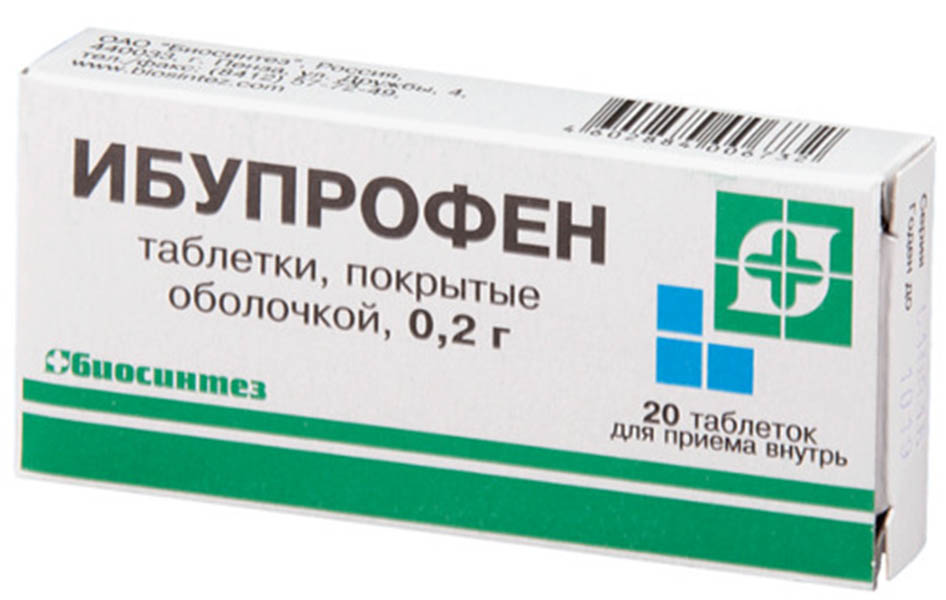
- Release form: tablets, suspension.
- Active ingredient: ibuprofen.
- Age limit: over 6 or 12 years old (depending on dosage).
Side effects: indigestion, pancreatitis, hepatitis, bronchospasm, impaired hearing and vision, dizziness, insomnia, nervousness, depression, drowsiness, tachycardia, high blood pressure, polyuria, cystitis, renal failure, anemia, allergic manifestations. According to the manufacturer, they occur most often when the dosage is violated.
Contraindications: erosion of the stomach and intestines, ulcerative colitis, allergic reactions to aspirin or NSAIDs, active liver disease, liver or kidney failure, hyperkalemia, pregnancy, clotting disorders. There is a large list of groups of people who should be careful when taking.
Shelf life: 3 years.
Average cost: 20-100 rubles.
- purchased without a prescription;
- has an antipyretic effect, relieves pain and inflammation;
- effective, the action is time-tested;
- budget tablets.
- should not be given to small children, for other minors - only after a doctor's prescription;
- large list of side effects;
- reception is possible only in a short course;
- acts only as a symptomatic treatment.
Grammidin
votes 2
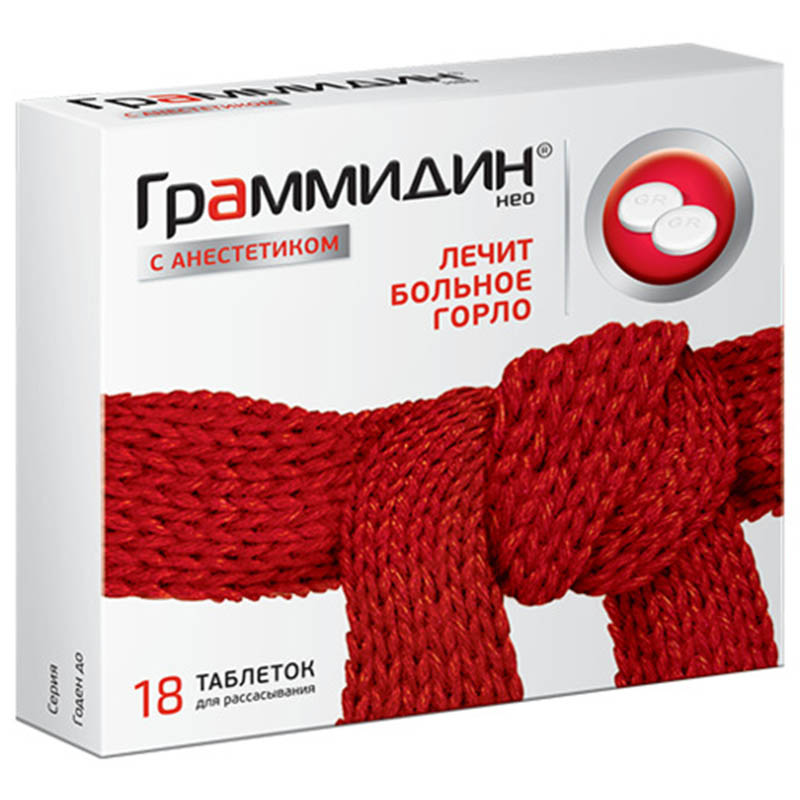
- Release form: lozenges, spray.
- Active ingredient: gramicidin C dihydrochloride (antimicrobial), cetylpyridinium chloride monohydrate (antiseptic) and oxybuprocaine hydrochloride (anesthetic).
- Age limit: from 4 years old.
Side effects: allergic manifestations or changes in the sensitivity of the tongue are possible.
Contraindications: pregnancy, hypersensitivity.
Shelf life: 2 years.
Cost: 250-350 rubles.
- has a complex therapeutic effect and relieves pain, and not only softens the throat;
- a small list of contraindications and side effects;
- effective;
- acts quickly;
- has good customer reviews.
- has only an auxiliary effect;
- cannot be used for babies;
- high price.
Decatylene
votes 0
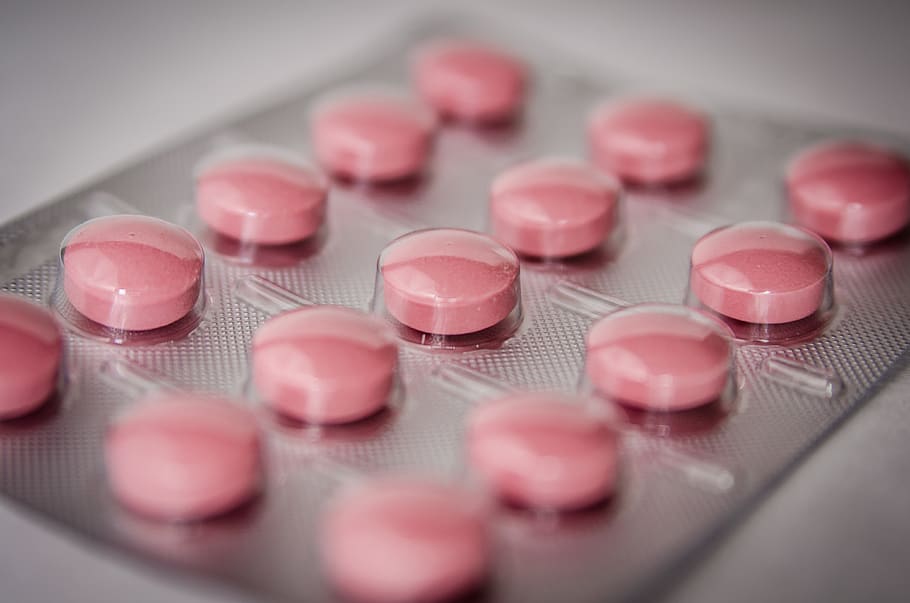
- Release form: lozenges.
- Active ingredient: dequalinium chloride (bactericidal, antifungal action), cinchocaine hydrochloride (pain relief).
Age limit: over 4 years old.
Side effects: allergies, skin manifestations (unlikely).
Contraindications: high sensitivity to components.
Shelf life: 3 years.
Price: 1,200-1,300 rubles.
- has an antiviral effect, also affects fungi;
- relieves pain;
- does not contain sugar;
- no prescription needed;
- practically no side effects;
- dissolve for a long time.
- only an auxiliary agent as part of complex therapy;
- it is necessary to leave a gap between resorption and the use of toothpaste;
- high price;
- there is no data on the possibility of use by pregnant women;
- should not be given to small children.
Paracetamol
- Release form: tablets.
- Active ingredient: paracetamol.
- Age limit: over 3 months old.
Side effects: urticaria, thrombocytopenia, dyspepsia, leukopenia, pancytopenia, neutropenia. Rarely appear.
Contraindications: alcoholism, hypersensitivity. Use with caution in pregnant and lactating, the elderly, patients with liver and kidney dysfunction.
Shelf life: 3 years.
Average price: 15-100 rubles.
- effective in reducing fever and relieving pain;
- low cost;
- side effects are rare;
- does not affect the gastric mucosa.
- can only be used as part of complex treatment;
- anti-inflammatory effect is weak;
- cannot be combined with alcohol.
There are a large number of remedies for angina, some can act as the main method of influencing the disease, others only provide auxiliary support. It is better not to treat yourself, this can lead to serious consequences. The rating of funds for sore throats for 2025 will help you navigate the best drugs, weigh their pros and cons. However, the establishment of the duration of the course and dosage should be entrusted to the doctor.
new entries
Categories
Useful
Popular Articles
-

Top ranking of the best and cheapest scooters up to 50cc in 2025
Views: 131656 -

Rating of the best soundproofing materials for an apartment in 2025
Views: 127697 -

Rating of cheap analogues of expensive medicines for flu and colds for 2025
Views: 124524 -

The best men's sneakers in 2025
Views: 124041 -

The Best Complex Vitamins in 2025
Views: 121945 -

Top ranking of the best smartwatches 2025 - price-quality ratio
Views: 114984 -

The best paint for gray hair - top rating 2025
Views: 113400 -

Ranking of the best wood paints for interior work in 2025
Views: 110326 -

Rating of the best spinning reels in 2025
Views: 105334 -

Ranking of the best sex dolls for men for 2025
Views: 104373 -

Ranking of the best action cameras from China in 2025
Views: 102221 -

The most effective calcium preparations for adults and children in 2025
Views: 102015




